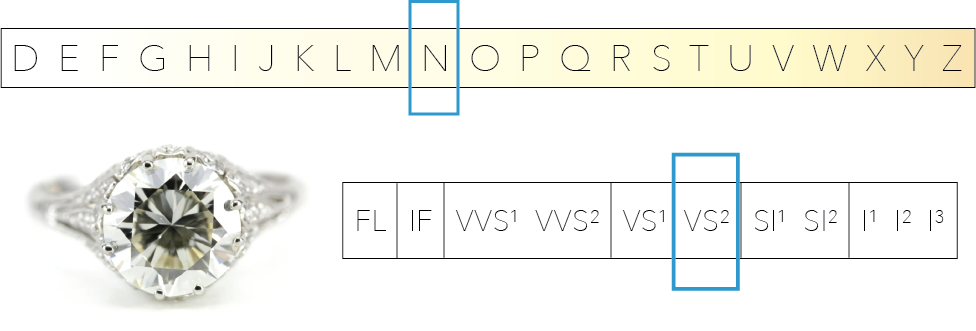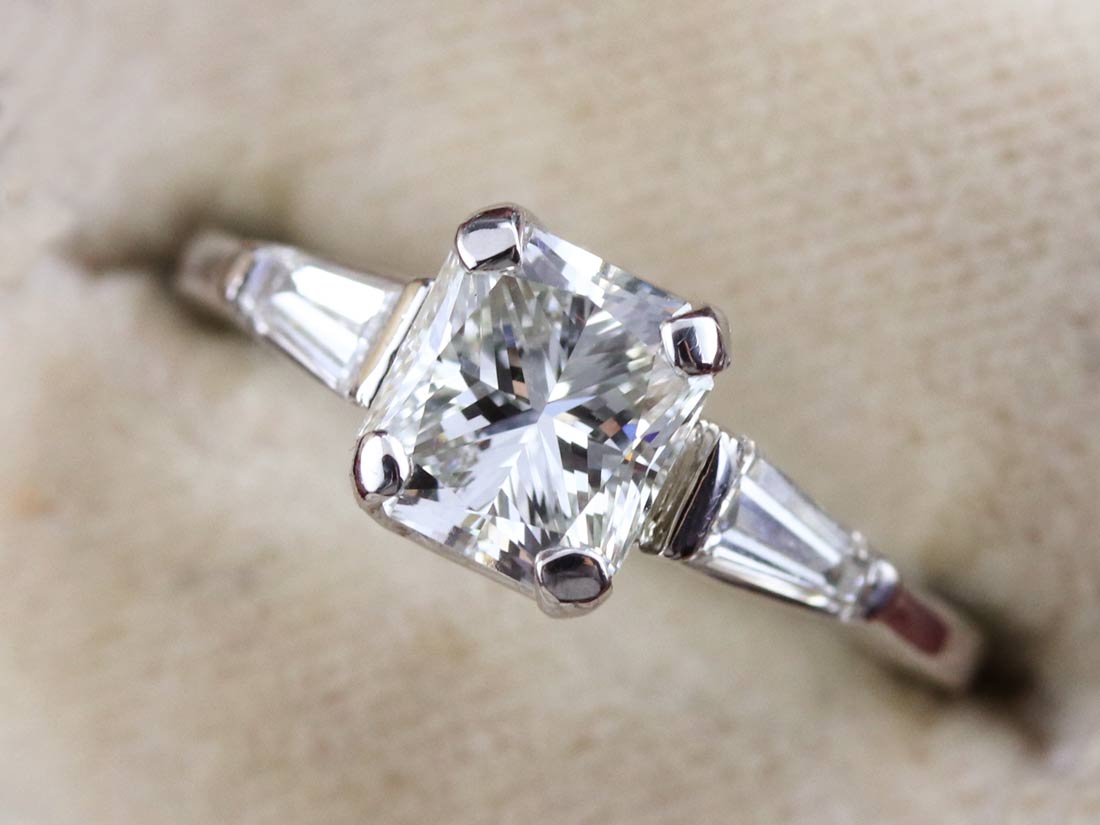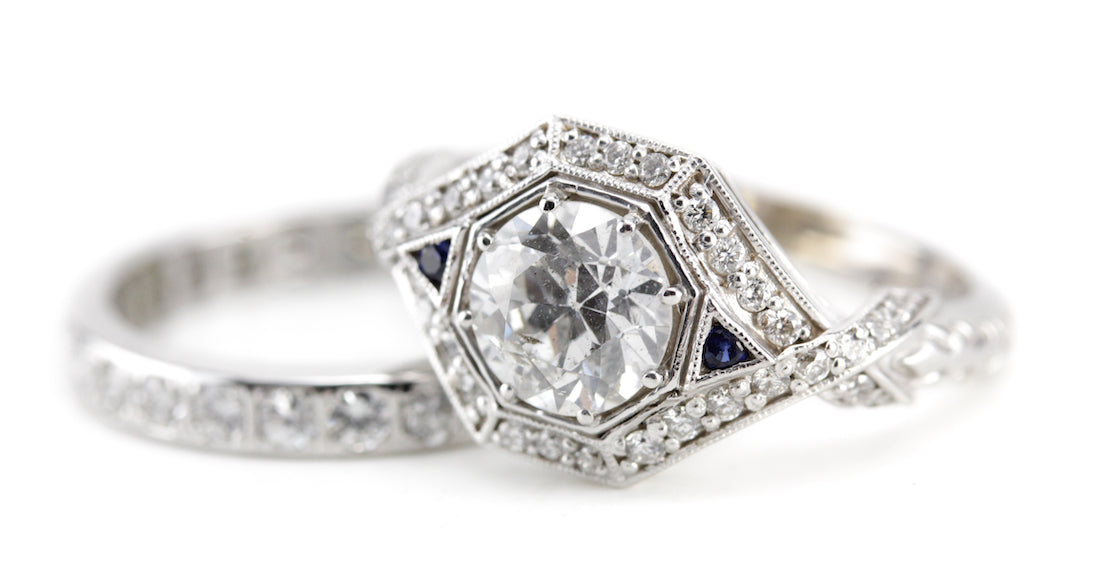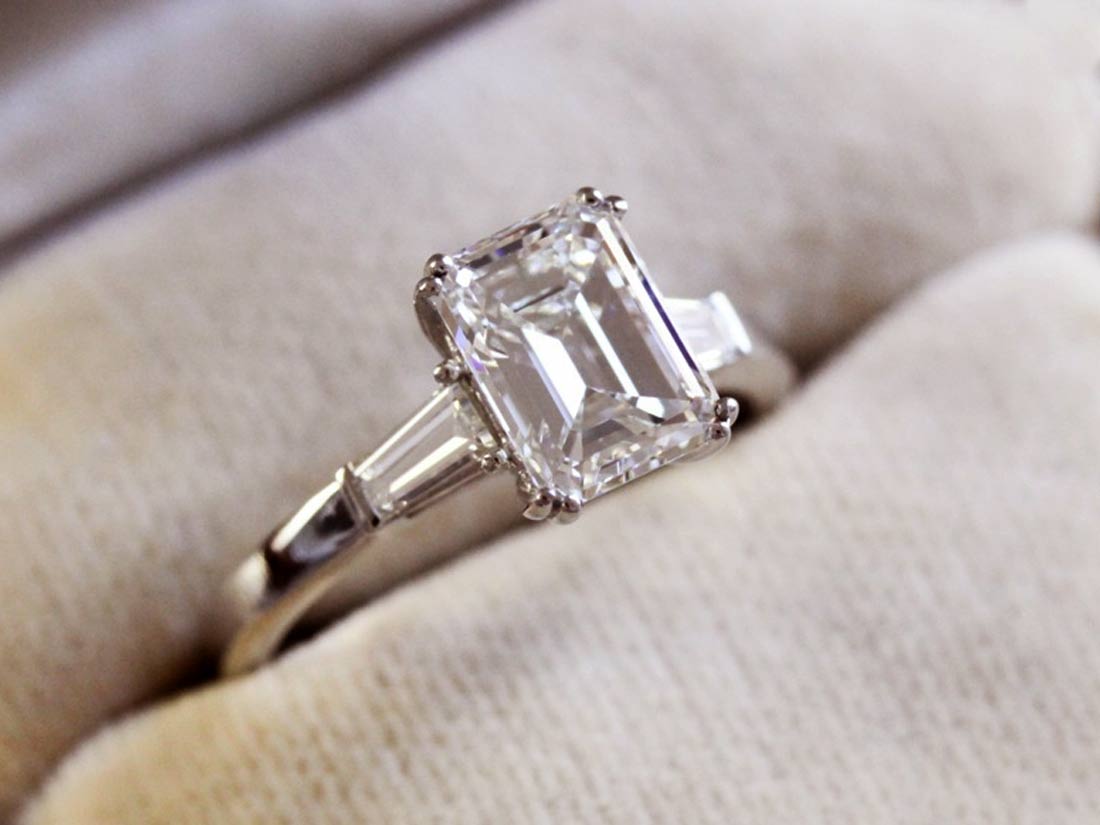BUY ONE GET ONE BAND 25% OFF! discount at checkout
BUY ONE GET ONE BAND 25% OFF! discount at checkout
BUY ONE GET ONE BAND 25% OFF! discount at checkout
BUY ONE GET ONE BAND 25% OFF! discount at checkout
Add description, images, menus and links to your mega menu
A column with no settings can be used as a spacer
Link to your collections, sales and even external links
Add up to five columns
Add description, images, menus and links to your mega menu
A column with no settings can be used as a spacer
Link to your collections, sales and even external links
Add up to five columns
May 03, 2019 5 min read
A diamond is a diamond, right? Not at all, in fact. Even two diamonds of the exact same size can differ dramatically in quality. So how can you be sure you are getting the best diamond for your budget? You don’t have to be a gemologist to shop for diamonds, but you may find it helpful to know the basics about diamond grading to give you confidence in making a purchase. The best way to educate yourself about diamonds is to learn what the pros use: the Four Cs.
Before the 20th Century, diamond traders and jewelry sellers used a hodgepodge of different terms to communicate diamond quality. This was confusing for customers, and failed to establish any benchmark standards. In the early 1940’s, the Gemological Institute of America (GIA) developed a comprehensive system to judge the quality of diamonds, dubbed the Four Cs. The “Four Cs” are color, clarity, cut, and carat weight. Each category has a standard metric associated with it, allowing diamonds to be judged objectively and uniformly. Today, these metrics are considered the authority on diamond grading worldwide.
The color of a diamond is graded on an alphabetic scale of D to Z. (A, B, and C are not used to avoid conflation with earlier grading systems.) The start of the scale, D, represents colorless diamonds (the most desirable), finishing with Z, which represents diamonds that are light yellow or brown. The classifications on the GIA’s color scale are colorless (D to F), near colorless (G to J), faint (K to M), very light (N to R), and light (S to Z). A good general rule of thumb when shopping for diamonds is to look for one that falls in the range of D to J.
While diamond color is more straightforward for the average buyer to perceive, clarity is a bit more complicated, and requires a skilled diamond grader to determine. Clarity refers to the internal and external flaws, known as inclusions and blemishes, in the diamond. The vast majority of diamonds on the market have some kind of inclusion, so clarity is judged by the number of inclusions visible under 10x magnification. Common classifications are Very, Very Slightly Included (inclusions are difficult to see), Very Slightly Included (minor inclusions), Slightly Included (inclusions are noticeable), and Included (inclusions are obvious and may affect transparency and brilliance). Rarer classifications are Flawless (no inclusions or blemishes visible) and Internally Flawless (no inclusions visible).
When you see a description of a diamond piece online or on a tag, the clarity classification is usually abbreviated, so it is helpful to be familiar with the terms themselves to identify what the letters represent. The abbreviations are VVS1 and VVS2 (Very, Very Slightly Included), VS1 and VS2 (Very Slightly Included), SI1 and SI2 (Slightly Included), and I1, I2 and I3 (Included). The numbers next to the abbreviations are simply more precise designations of quality, with 1 being better than 2. It may seem like alphabet soup, but once you get the hang of it, you will be able to quickly know the quality of a diamond, simply by seeing the color and clarity letter grading!

This 2.46 carat diamond engagement ring from our Elizabeth Henry collection has a GIA grading of N in color and VS2 in Clarity.
The cut of a diamond is crucial to its sparkle, fire, and overall appearance. A bad cutting job can ruin an otherwise exceptional diamond specimen, so the cut is an important factor in determining a diamond’s overall quality. In the GIA grading system, the most common cut, a standard round brilliant, is assessed based on seven factors:
There are many more types of diamond cuts beyond the modern round brilliant, each with its own design benefits. Overall, the quality of cut addresses the simple question: do the facets show the diamond off to its best advantage? The brightness, fire, and scintillation are what really give a diamond its beauty, so the cut should be an important factor in your consideration.

The weight of a diamond is measured in metric carats. Often you will hear diamond size described by its carat weight, rather than its diameter or physical measurements. Carat weight can give you a rough idea of size, but should not be used exclusively. A poorly cut diamond may appear to be the same size as a well cut diamond, despite having a larger carat weight. You will pay more for the heavier diamond, despite the diamond being lower in quality.
Precision is important in measuring a diamond’s carat weight, because even a small difference can result in a jump in price. Carat weight is rounded to the second decimal place (ex. 1.12 carats). Unlike gold, the price per carat of a diamond increases exponentially. Once the weight reaches 1.00 ct, the price per carat increases dramatically. The same is true for “magic sizes,” or round carat weights, such as .25 ct, .50 ct, .75ct, and 1.00 ct. This exponential pricing system is related to diamond rarity and demand. Choosing a .95 carat diamond over a 1.00 carat diamond may not have a huge difference visually speaking, but it could save you a bundle in cost.

It is not necessarily true that you should buy the biggest diamond you can afford. Certain diamonds may “speak” to you more than others, regardless of their value. This is one of the reasons why we love antique diamonds. Before the 20th Century, diamond cutting was not a uniform practice yet, and so each gem was unique. Buying antique diamonds allows you to choose a gem that is one-of-a-kind and special to you. To learn more about why antique diamonds are so special, read our blog post on Old Mine Cut diamonds.
If you prefer modern diamonds, try to take all of the Four Cs into consideration. A bigger diamond with lots of inclusions may not give you the same wow factor as a smaller diamond with very slight inclusions. Try to view the diamond in both natural and artificial light to give you the full impression of its fire and sparkle.
At Market Square Jewelers, all of the diamonds we sell were purchased from estate sales or traded in by customers. This is a more ethical way of “recycling” the diamond, and it also makes it more exciting for us as buyers – we never know what we’re going to get! If you are still feeling a little lost in the world of diamond shopping, stop into one of our locations. All of our sales staff are trained to assess diamonds, and will be able to show you examples of different cuts, weights, colors, and clarities, so you can find the perfect diamond for you.
Shop diamond engagement rings here, and shop our full diamond jewelry collection here.

September 17, 2021 2 min read
July 26, 2021 4 min read
June 29, 2021 9 min read
Get 10% off your next purchase!

Get 10% off when you sign up for our newsletter!